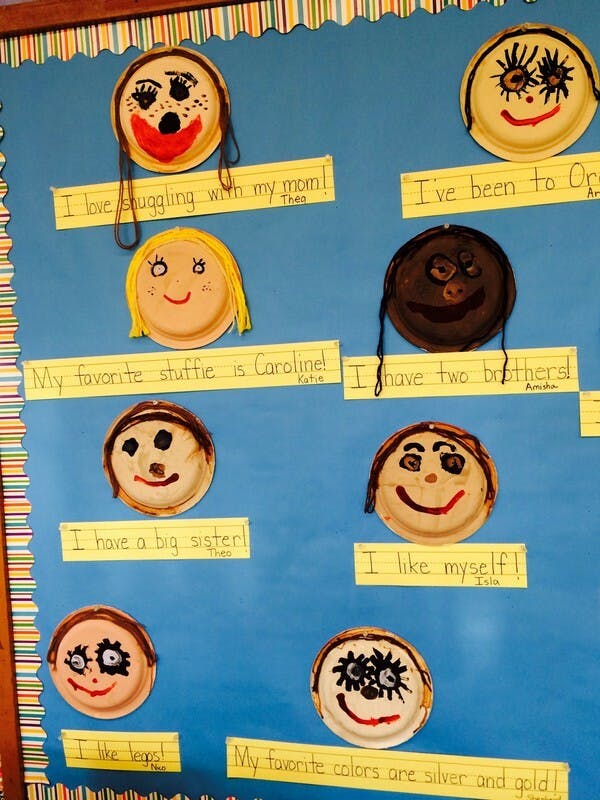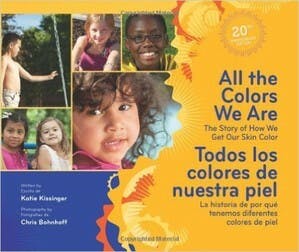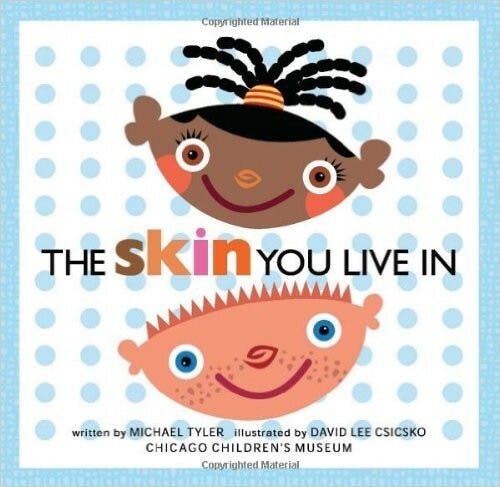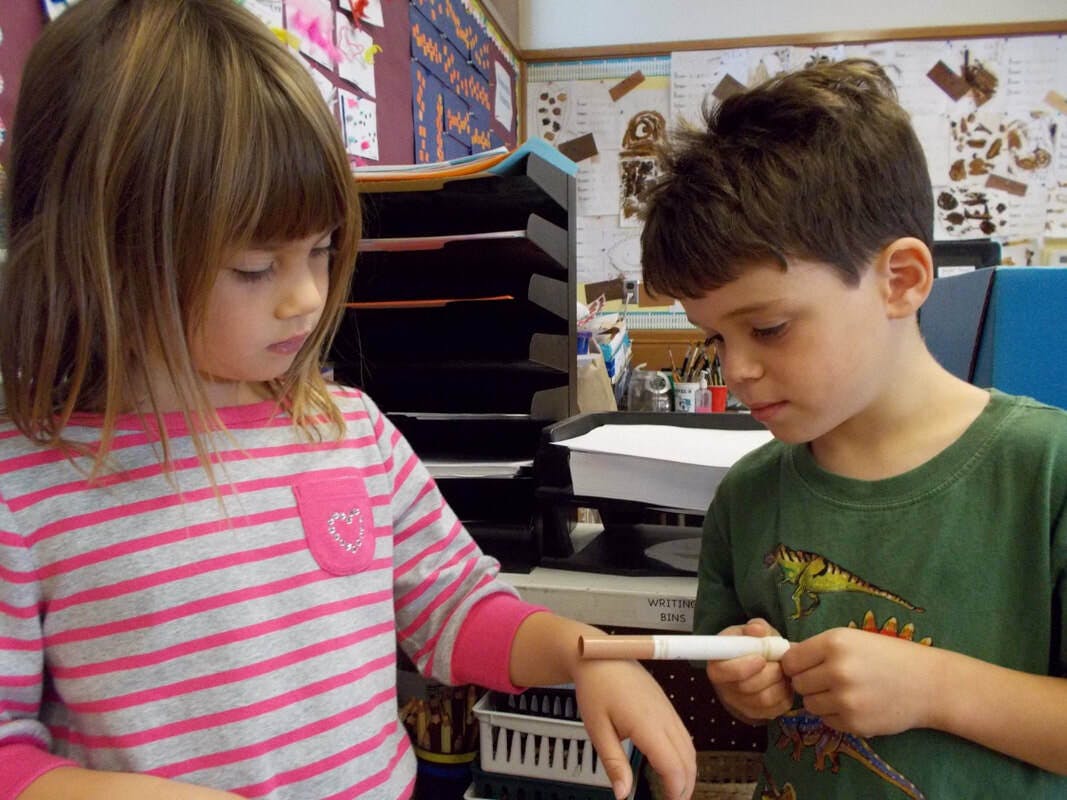Same/Same/But Different. Creating an Inclusive Kindergarten.
By Madeleine Rogin

When I teach my Kindergarten students about diversity, I begin by giving them language they can use to understand differences and communicate with one another with respect.
Too often, adults avoid talking about skin color and race with young children, particularly white parents and white educators like me. The well-meaning ones who avoid the conversation tell themselves (despite considerable evidence to the contrary) that by not talking about skin color and race, children will simply not notice those differences and be naturally inclusive with one another, communicating “human” to “human.”
The truth is, children notice differences from a very young age. Without deliberate and careful guidance by the adults around them, children are prone to developing misguided ideas about skin color and racial differences, both because of in-group favoritism, and because of the stereotypical or biased images and messages children receive about people of color as they grow. All children need this kind of explicit instruction and open conversation, as this is an essential part of supporting all children’s identity development.
My students, of all races and backgrounds, spend the first few months of school immersed in what one of my student’s once labeled "same/same/but different.” As we explore all the ways we are similar and different from one another, the students gain a foundational understanding of what makes us “same/same/but different”. They also learn how to communicate across these differences with respect.

- They learn about melanin and where skin color comes from.
- They learn about different hair textures, colors, and ways of taking care of different kinds of hair. They learn to ask before touching one another’s hair.
- They learn about different family structures.
- They learn that there is no such thing as boy colors, activities, and things, and there is no such thing as girl colors, activities and things.
- They learn to ask questions rather than make assumptions about one another’s identity, whether it be race, gender, ethnicity, etc. They learn there’s a lot we can’t tell by looking at one another.
- They learn that diversity, in all forms, makes communities stronger.
- And, when they learn about ongoing social problems such as racism, they learn to identify with allies and anti-racist models, of all races and ethnicities, and the importance of working together to solve ongoing, huge, social problems.

In my classroom, we begin with stories and language. Kindergarteners learn best through repetition. Each time we use the language and re-visit a story around social problems, they are able to go deeper in their thinking on the topic and develop new understandings.
Over the years, I have become aware that this deep teaching around the topic of diversity has led my students to become more empathetic, and more likely to be what we call a “change-maker” — to take action when they see injustice or inequity around them.

Kindergarteners participating in an exercise in which they look at, talk about and compare their skin colors.
Grown ups need skilling up when it comes to our understanding and communicating about race and racism. Many of us, especially white people like me, aren’t encouraged to deepen our understanding of how race operates, nor are we encouraged to talk about racial difference and racism. That ignorance and lack of sophistication hurts us all and has devastated communities of color.
That’s why we need to begin where we begin in kindergarten. We need to learn and develop language, revisit stories, and learn friendship skills based on an understanding of similarities and differences. We need to start at the beginning to have any hope of making real change.
Madeleine Rogin



